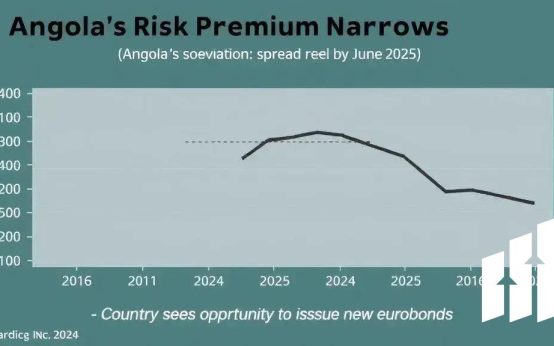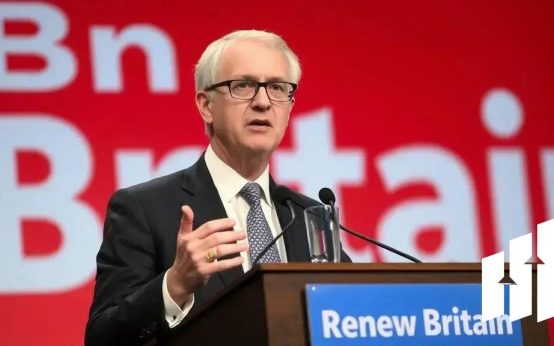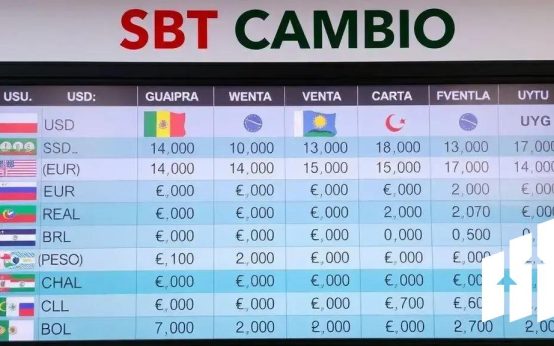The current economic situation in South Korea shows rising inflation, influenced by factors like fading telecom fee cuts and increasing core inflation rates. The Bank of Korea is discussing potential monetary policy adjustments to manage these changes, balancing the need for economic stimulus with inflation control. Understanding these trends is vital for consumers and businesses as they navigate rising costs and shifting economic policies.
As South Korea inflation sees a rise due to fading telecom fee cuts, it begs the question: what are the underlying factors at play? Join us as we explore the intricacies of these shifts.
Consumer inflation overview in South Korea
Consumer inflation in South Korea has been on the rise recently. This trend is important for everyone, from families to businesses. It affects how much we pay for goods and services every day.
Understanding Consumer Inflation
Inflation means that prices go up over time. For instance, when you go to the store, you might notice that bread or milk costs more than it did last year. This increase can be due to various factors, such as supply chain issues or rising costs for producers.
Current Trends in South Korea
As of now, South Korea’s inflation rate is influenced by the fading effects of past price cuts. Consumers might feel this as everyday expenses rise. The price of food and energy has played a major role in this increase.
The Role of Telecom Fee Cuts
Temporary cuts in telecom fees helped to lower inflation for a while. However, as those cuts disappear, the overall inflation rate has started to climb again. This change impacts countless individuals as they manage their monthly budgets.
Consumer Reactions
As prices rise, consumer sentiment can shift. People might feel the need to cut back on spending or look for cheaper alternatives. Businesses also watch closely, as they may need to adjust prices or find ways to maintain profit margins.
Long-Term Outlook
The government and financial experts are keeping a close eye on these trends. They consider how inflation affects the economy overall. It’s crucial for policymakers to balance inflation rates to ensure economic stability.
Impact of telecom fee cuts on inflation
The impact of telecom fee cuts on inflation has been significant in South Korea. When telecom fees were reduced, many households enjoyed lower monthly bills. This temporary relief helped keep overall inflation rates down for a while.
How Telecom Fee Cuts Work
Telecom companies often lower fees to attract more customers. This means you pay less for your phone and internet services. When these prices drop, the overall cost of living can also decrease.
Short-Term Effects
During the time telecom fees were lower, inflation rates seemed stable. People had more money to spend on other things, like groceries and entertainment. This can boost the economy because consumers feel happy and confident.
Fading Impact
However, as these fee cuts fade away, the situation changes. With prices going back up, many families start to feel more pressure on their budgets. This can lead to higher overall inflation rates.
Evolving Consumer Behavior
People may react to rising costs by changing their spending habits. They might stop buying certain products or look for cheaper options. This shift in behavior can create a ripple effect throughout the economy.
Future Considerations
Policymakers need to monitor these trends closely. Understanding how telecom fees affect inflation can help in making better economic decisions. Keeping inflation in check is vital for a healthy economy and happy consumers.
Core inflation trends and implications
Core inflation is an important measure for understanding how prices change over time. It excludes volatile items like food and energy, providing a clearer picture of long-term inflation trends.
What is Core Inflation?
Core inflation looks at the prices of goods and services that don’t change much, like housing and clothing. By focusing on these stable prices, it helps economists predict future inflation trends.
Current Trends in South Korea
In South Korea, core inflation has been rising steadily. This means that many essential items are becoming more expensive. Consumers might notice that their usual shopping cart costs more each month.
Why It Matters
Rising core inflation can signal that the overall economy is facing challenges. It affects consumer confidence and spending habits. If people feel prices will keep rising, they may hold back on spending.
Implications for Policymakers
Policymakers need to pay attention to these trends. If core inflation continues to rise, they may need to adjust interest rates. Higher interest rates can help control inflation by making borrowing more expensive.
The Effect on Households
As core inflation rises, everyday expenses increase. This can put a strain on family budgets. Households might have to change how they spend their money. It’s essential to budget carefully during times of rising prices.
Economic stimulus discussions amid rising prices
Economic stimulus discussions are essential during times of rising prices. As costs go up, many people struggle to make ends meet. This is where government action can play a crucial role.
What is Economic Stimulus?
Economic stimulus refers to actions taken by the government to boost the economy. These can include tax cuts, increased spending, and direct payments to citizens. The goal is to encourage spending and investment during tough times.
Current Situation
With rising prices impacting budgets, many policymakers are considering new stimulus measures. These actions aim to help families cope with higher costs. They want to ensure that people can continue to spend money on necessary goods and services.
Potential Benefits
Stimulus can provide immediate relief. When people receive extra money, they are likely to spend more. This can help businesses thrive and keep the economy running smoothly.
Challenges in Implementation
However, discussions around stimulus are not always easy. Some worry that too much spending can lead to higher inflation in the long run. Policymakers need to find a balance between short-term relief and long-term stability.
Looking Ahead
The future of economic stimulus measures will depend on several factors. Policymakers will have to watch inflation trends closely. They will also need to consider public feedback as they plan their next steps.
Future outlook for Bank of Korea’s policies
The future outlook for the Bank of Korea’s policies depends on many factors. As inflation continues to rise, the bank faces important decisions. They need to stabilize prices while supporting economic growth.
Interest Rate Decisions
The Bank of Korea may consider adjusting interest rates. Raising rates can help slow down inflation. However, higher rates might also discourage spending and investment.
Inflation Targeting
The bank aims to keep inflation within a specific range. This helps ensure price stability for consumers. If inflation exceeds this target, the bank may take action to correct it.
Economic Growth Considerations
Balancing inflation control with economic growth is crucial. If the economy slows down too much, it could lead to job losses. The bank must weigh these risks carefully.
Monitoring Global Events
The Bank of Korea will also monitor global economic trends. Events in other countries can influence South Korea’s economy. Changes in trade policies or global interest rates could impact their decisions.
Public Confidence
Maintaining public confidence in the bank is essential. Clear communication about policies can help build trust. If people believe in the bank’s actions, they’re more likely to spend and invest.
Conclusion
In conclusion, understanding South Korea’s inflation trends and the impact of economic policies is crucial for consumers and businesses alike. As costs rise, staying informed helps individuals manage their budgets better. It’s important for policymakers to find a balance between encouraging growth and controlling inflation.
By monitoring core inflation and discussing potential economic stimulus, the Bank of Korea aims to protect the economy. Clear communication and effective policies will help maintain public confidence. Ultimately, staying aware of these developments can lead to better financial decisions and a stronger economy for all.
FAQ – Frequently Asked Questions about South Korea’s Inflation and Economic Policies
What is core inflation and why does it matter?
Core inflation measures the long-term trend in prices by excluding volatile items like food and energy. It helps understand the true inflation picture.
How do telecom fee cuts affect inflation?
Telecom fee cuts can temporarily lower inflation by reducing consumer expenses. However, when these cuts end, inflation may rise again.
What can the Bank of Korea do to control rising inflation?
The Bank of Korea can adjust interest rates and implement policies aimed at stabilizing prices while encouraging economic growth.
Why is consumer confidence important during rising prices?
Consumer confidence affects spending. If people believe the economy is stable, they are likely to spend more, helping the economy to grow.
What are some potential impacts of economic stimulus?
Economic stimulus can provide immediate relief to households and encourage spending, which can help businesses and stabilize the economy.
How do global events influence South Korea’s economy?
Global events, such as changes in trade policies or economic conditions in other countries, can impact South Korea’s inflation and economic decisions.


 Miran Highlights Dual Goals of Fed and Interest Rate Outlook
Miran Highlights Dual Goals of Fed and Interest Rate Outlook  Are You a Robot? Unusual Activity Detected on Bloomberg
Are You a Robot? Unusual Activity Detected on Bloomberg  Keir Starmer Leads Business Delegation to India for Trade Pact
Keir Starmer Leads Business Delegation to India for Trade Pact  Takaichi Appoints Ex-Finance Minister as Secretary General of LDP
Takaichi Appoints Ex-Finance Minister as Secretary General of LDP  Argentina Continues Dollar Sales Amid Weakened Peso Crisis
Argentina Continues Dollar Sales Amid Weakened Peso Crisis  White House Calls on Democrats to Resolve Ongoing Government Shutdown
White House Calls on Democrats to Resolve Ongoing Government Shutdown